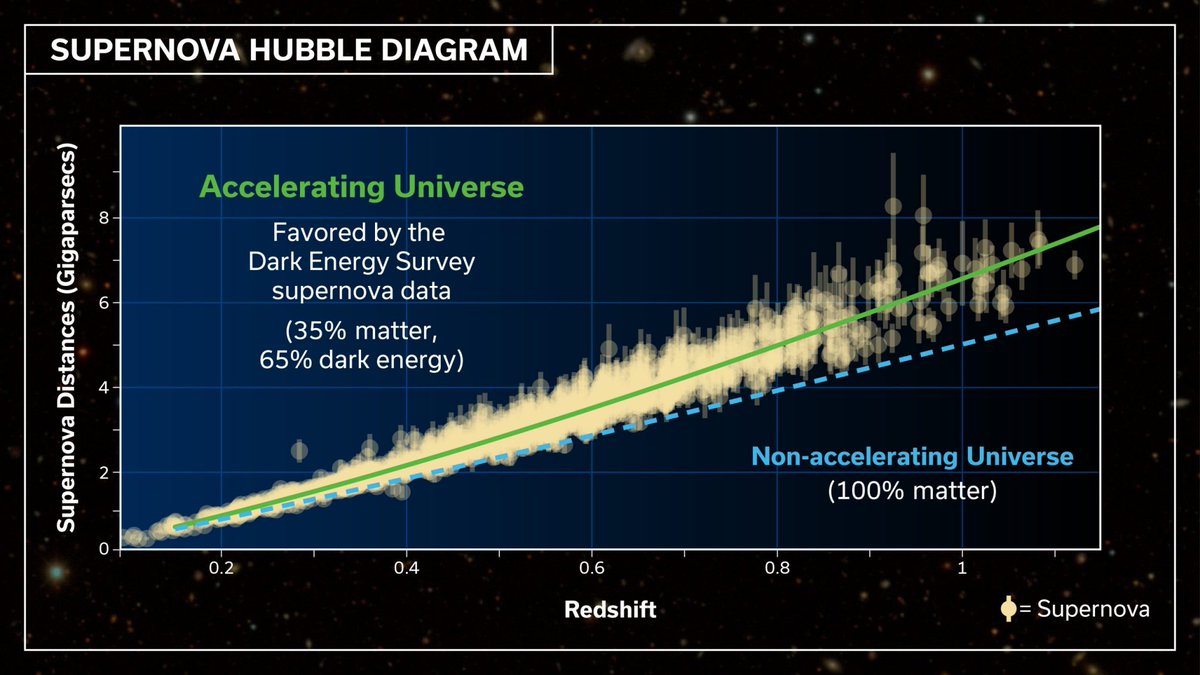
Maria Vincenzi
@mariavincenzi7
Cosmologist at Duke University! (but proudly made in Italy 🇮🇹). Trying to understand how our Universe is evolving using Supernovae Ia 🎇
ID: 1462966060848533508
https://maria-vincenzi.github.io/mariavincenzi.github.io/ 23-11-2021 02:08:05
41 Tweet
195 Followers
132 Following

Today we have released the major result for measurements of Dark Energy and Dark Matter using Type Ia Supernovae in the Dark Energy Survey (Dark Energy Survey)! We've been working towards this robust result for more than a decade arxiv.org/abs/2401.02929 arxiv.org/abs/2401.02945 a🧵
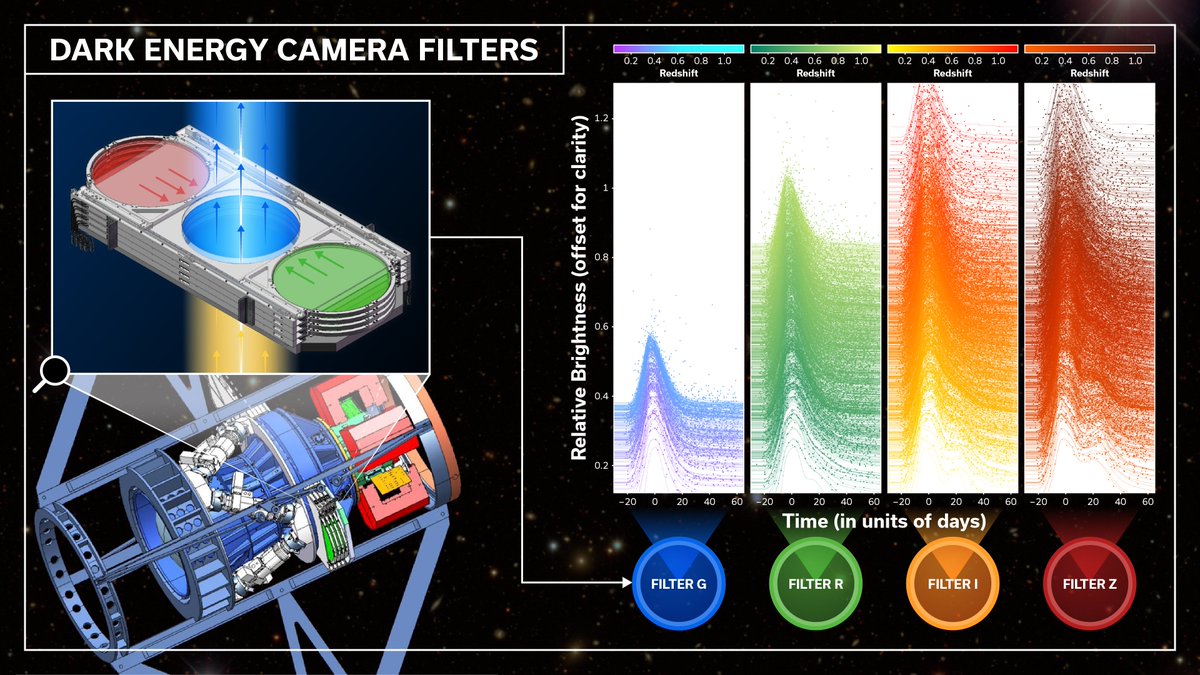


More on the great result, and some nive quotes by Tamara Davis and Duke Physics Maria Vincenzi !

Congratulations to the whole @TheDESurvey team, in particular Maria Vincenzi and Ryan Camilleri who were heroes helping me in the final push to get this paper out, and @danscolnic & Dillon Brout for co-leading the working group and cosmological analysis. arxiv.org/abs/2401.02929
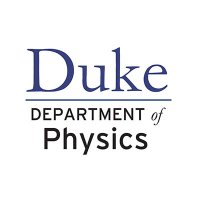
“The DES Collaboration contributed to the growth and professional development of an entire generation of cosmologists,” research fellow Maria Vincenzi speaks to Symmetry Magazine on the supernova results of the Dark Energy Survey. symmetrymagazine.org/article/final-…

My favorite moments being a research advisor are when we are all eating together, and people start laughing/teasing about some super obscure science point. It's a joy. Duke Physics
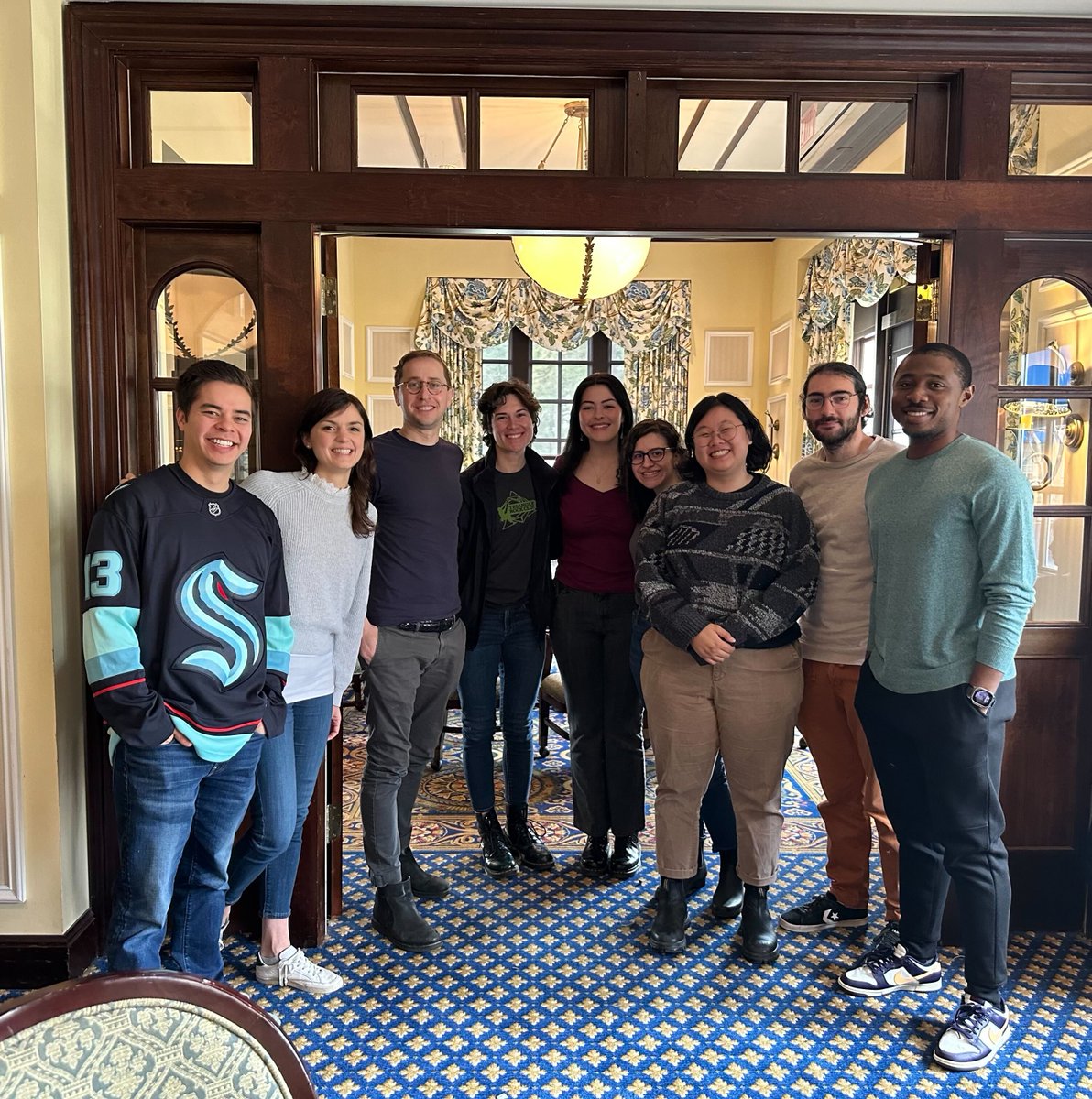
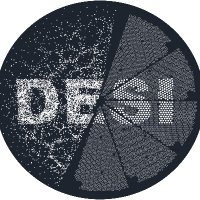
Breaking news!🎉 Today we announce the most precise measurements of our expanding Universe using the BAO signal in 6.1 Million galaxies and quasars from Year 1, tracing dark energy through cosmic time. See Berkeley Lab PR at newscenter.lbl.gov/2024/04/04/des… 1/10 📸 Credit: Claire Lamman








